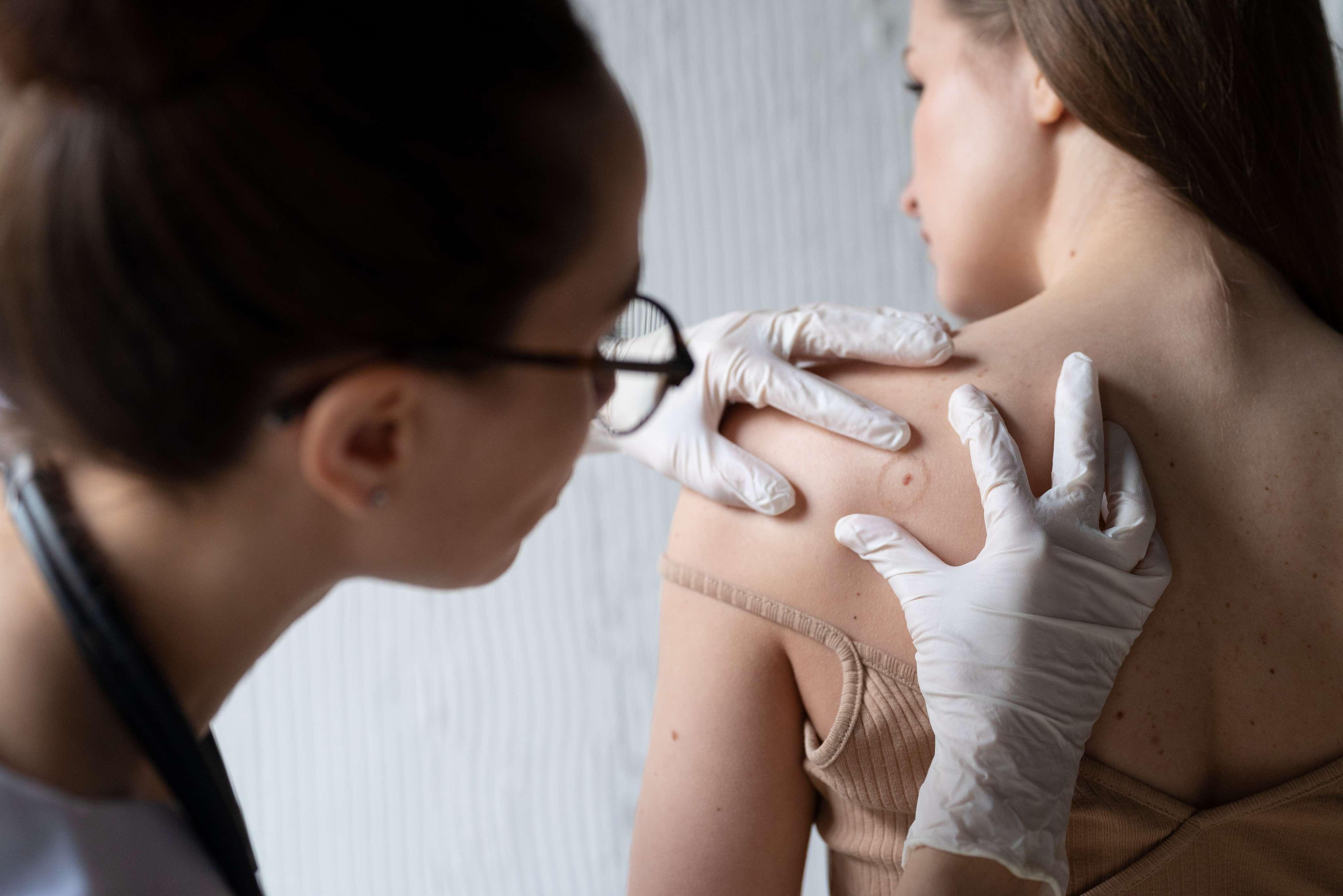Scabies is a highly contagious skin condition caused by a microscopic mite known as Sarcoptes scabiei. It spreads quickly through close physical contact, making household outbreaks common. While professional medical treatment is recommended, there are several effective home remedies and fast relief tips that can ease discomfort and accelerate recovery. This guide will explore practical ways to manage scabies at home and highlight the importance of using proven treatments like Ivercor 3mg for better results.
What is Scabies?
Scabies is a parasitic infestation of the skin. The female mite burrows into the outer layer of skin to lay eggs, causing severe itching, rashes, and inflammation. These symptoms are most intense at night and may worsen without treatment. Common areas affected include:
-
Between the fingers
-
Wrists
-
Elbows
-
Waistline
-
Armpits
-
Genitals
-
Buttocks
Without timely treatment, scabies can lead to secondary bacterial infections due to constant scratching.
Symptoms of Scabies
Recognizing the signs of scabies early is crucial. Common symptoms include:
-
Intense itching, especially at night
-
A red, bumpy rash
-
Thin, irregular burrow tracks on the skin
-
Sores caused by scratching
-
Crusted scabs in severe cases (crusted or Norwegian scabies)
These symptoms often appear 2–6 weeks after initial exposure, although reinfestation leads to symptoms within days.
How Scabies Spreads
Scabies spreads through direct, prolonged skin contact. It’s common in crowded conditions such as nursing homes, child care centers, and shared housing. Bedding, towels, and clothing may also transmit mites.
Fast Relief Tips for Treating Scabies at Home
1. Apply Permethrin Cream (Prescription-Based)
Permethrin 5% cream is the most commonly prescribed topical treatment for scabies. It kills both mites and their eggs. Apply it from the neck down and leave it on for 8–14 hours before washing off. Reapplication after one week is often necessary.
Note: This should be done under medical supervision.
2. Take Oral Medication: Ivercor 3mg
Ivercor 3mg, which contains ivermectin, is an oral antiparasitic medication effective against scabies. It’s particularly useful in cases of crusted scabies or when topical treatments fail.
Benefits of Ivercor 3mg:
-
Kills mites and their larvae from within
-
Simple, oral administration
-
Fast-acting relief
Take only under the direction of a healthcare provider, as dosage may vary based on weight and severity.
3. Use Neem Oil and Turmeric Paste
Neem oil has natural anti-parasitic properties, while turmeric offers anti-inflammatory and antibacterial benefits.
How to Use:
-
Mix 1 tbsp neem oil with ½ tsp turmeric
-
Apply to affected areas
-
Leave on for 20 minutes, then wash off
Repeat twice daily for best results.
4. Tea Tree Oil for Itch Relief
Tea tree oil contains terpinen-4-ol, which has anti-microbial and anti-inflammatory properties.
How to Use:
-
Mix 3–5 drops of tea tree oil with 1 tbsp coconut oil
-
Apply to itchy, inflamed areas twice daily
5. Wash and Disinfect Everything
Scabies mites can live on surfaces for 2–3 days. It’s critical to wash and disinfect all bedding, clothes, and towels to prevent reinfection.
Instructions:
-
Wash in hot water (60°C or higher)
-
Dry on high heat for at least 20 minutes
-
Seal unwashable items in plastic bags for 72 hours
6. Cool Compresses for Immediate Relief
If itching becomes unbearable, a cool compress can help calm the skin.
Steps:
-
Soak a clean towel in cold water
-
Apply to the itchy area for 10–15 minutes
-
Repeat as needed throughout the day
7. Take an Oatmeal or Baking Soda Bath
Oatmeal and baking soda help reduce inflammation and soothe irritated skin.
Oatmeal Bath:
-
Add 1 cup of colloidal oatmeal to warm bath water
-
Soak for 15–20 minutes
Baking Soda Soak:
-
Add 2–3 tablespoons of baking soda to a bath
-
Soak and relax to relieve itching
8. Avoid Scratching and Trim Nails
Scratching spreads mites and increases the risk of infection. Keep fingernails short and wear gloves at night if needed.
9. Use Antihistamines for Night-Time Relief
Over-the-counter antihistamines like diphenhydramine can help reduce nighttime itching and allow better sleep.
What Not to Do When Treating Scabies
-
Don’t rely only on home remedies – While natural treatments can soothe symptoms, they do not kill mites. A full recovery often requires medical intervention.
-
Don’t stop treatment early – Complete the full treatment course even if symptoms improve.
-
Avoid sharing personal items – Towels, clothes, or bedding should not be shared during treatment.
When to See a Doctor
Seek medical advice if:
-
Symptoms persist after 2 weeks of home treatment
-
You develop signs of infection (pus, increased redness, swelling)
-
You have a weakened immune system or are treating young children or the elderly
Doctors may prescribe oral and topical medications together for faster and more complete treatment.
Preventing Scabies Reinfection
To stop the cycle of reinfestation:
-
Treat all household members simultaneously, even if asymptomatic
-
Disinfect your home thoroughly
-
Use prescribed medications correctly
-
Monitor for signs of recurrence in the weeks following treatment
Final Thoughts
Scabies is uncomfortable but treatable. With the right combination of medical treatment and supportive home care, you can achieve relief quickly and prevent reinfestation. For cases where prescription creams alone aren’t enough, Ivercor 3mg can be a valuable part of an effective treatment plan. Be consistent, follow through with full treatment, and maintain good hygiene practices to break the cycle and reclaim your comfort.



